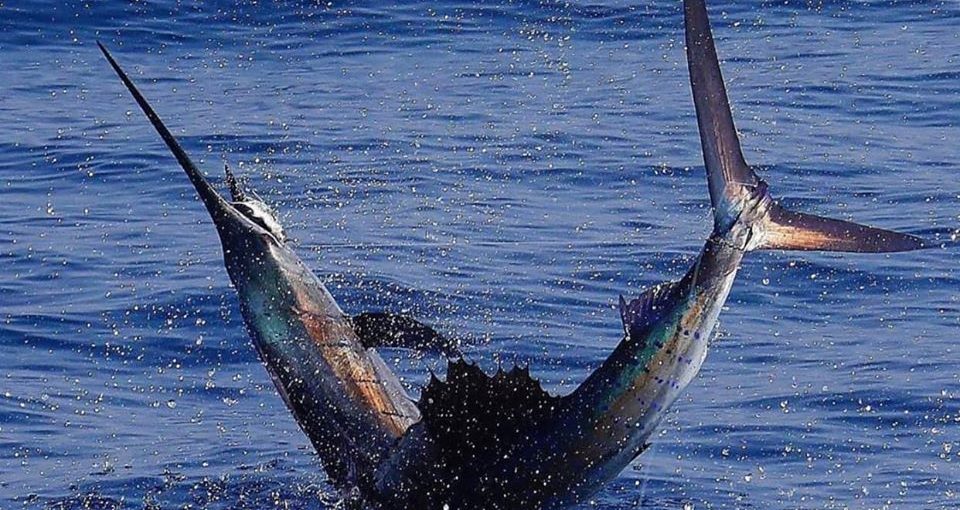Group Lobbies For No-Sale Status Of Sailfish
The Federacion Costarricense de Pesca (FECOP) earlier this month urged the Board of Directors of INCOPESCA, the government agency in charge of Costa Rica’s commercial and sport fishing regulations, to ban the commercialization of sailfish. These coastal billfish are an important aspect of the sport-fishing industry and tourism revenue. FECOP specifically asked the government agency to maintain the current ban on sailfish exportation and to enact a total ban on sailfish landings (dead or alive) by the commercial fleet. Sailfish could still be caught and released by recreational anglers and sport-fishing charters. FECOP also requested that all other billfish be landed with the fins attached to identify the species. Under current regulations, only the bodies of fish are kept.
Dr. Marina Marrari, executive director of FECOP, presented data that showed while catch and release fishing for sailfish was down 64 percent in the last decade, kill landings of sailfish by the commercial fleet were up 126 percent over the same timeframe.
Article 76 of the Costa Rican fishing law states: “Sailfish (Istiophorus platypterus), blue marlin (Makaira nigricans), black marlin (Makaira indica), striped marlin (Tetrapturus audax) and tarpon (Megalops atlanticus), are declared as species of tourist-sport interest.”
Article 72 also adds this intent: “The executive authority of this Law shall impulse the conservation of species of sporting interest, realizing technical and scientific studies and promoting sustainable management policies.”
INCOPESCA adopted measures in 2009 and again in 2014 that were intended to protect sailfish. Those regulations stipulate that anytime a commercial longline boat places live bait on their hooks within 30 miles of the coast it is considered fishing directly for sailfish. It also prohibits commercial boats from fishing for bait in the Golfo Papagayo, Golfo Nicoya, and the Golfo Dulce, three water bodies known for concentrations of sailfish.
All sailfish brought to the boat alive by the commercial fleet are to be released. There is an allowance up to 15 percent of incidental catch of sailfish on any given voyage can be brought to dock and sold on the national market. These regulations are often ignored and create a loophole for illegal sales.
During the meeting the disparity between the two sectors catch data was discussed, with the style and methods of fishing significantly different. The average sport-fishing boat typically fishes around six hours per day while trolling four to six individual lines. In comparison, a commercial longline boat stays offshore for weeks at a time while soaking 10- to 20-miles-plus of multi-hooks lines for up to 24 hours. It is estimated that 11 percent of the country’s medium commercial fleet and eight percent of the advanced fleet use live bait. That equates to 1,500 line sets or approximately 1,800,000 hooks in the water.
Sailfish, like the other billfish species, are highly migratory and any management plan should consider a regional approach. Costa Rica lags behind other neighboring countries when it comes to sailfish conservation, however. In Panama, the commercialization of all billfish is prohibited. Nicaragua prohibits the landing of any sailfish or blue marlin. Honduras, Belize, Mexico and the United States all have billfish conservation measures in place. In Guatemala the commercial fleet cannot possess sailfish. That lead was taken by the Minister of Tourism, who saw the value of sailfish in the tourist industry. In Costa Rica, sport-fishing generates thousands of direct and indirect jobs, and injects more than $500 million annually into the national economy.
With so much at stake, FECOP will continue to lobby for the no-sale status of sailfish in Costa Rica for the foreseeable future.





















